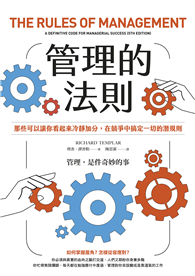Public Transport provides a concise introduction to the role, planning and operations of public transport systems. The term ‘public transport’ is taken to include all modes of transport open to the public (buses, coaches, metros, light rail, long-distance and regional rail, taxis, etc.) in Britain and other countries with similar systems. The term "planning" is used both in the context of local authority and central government roles and in the work done by transport operators (for example, network structures, vehicle type selection).
The emphasis is primarily on the urban and regional market, with issues specific to long-distance and rural sectors considered separately. Material has been extensively updated to reflect changes in EU policy and implications of devolution within the UK, recent research on rail and bus use and changing patterns of car ownership, new construction projects and more. A new chapter has been added on data collections methods and a concluding chapter examines the broader long-term policy issues.
Public Transport is an essential textbook for both students in transport and those in related fields, such as planning, geography, civil engineering and business studies, who are taking optional courses in transport. It is also an invaluable resource for transport planners in local authorities and consultancies.











